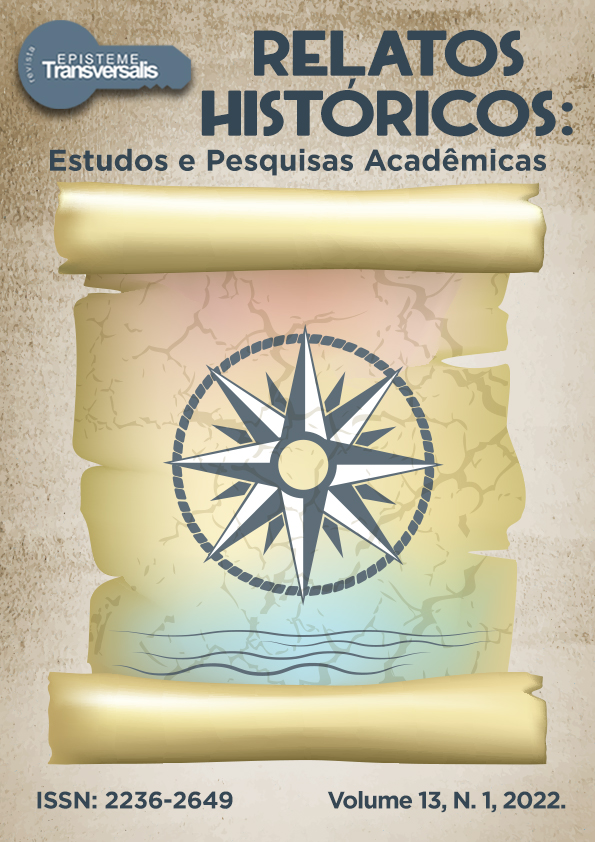DAS FAVELAS CARIOCAS À CIDADE DO AÇO: A Inserção do Funk em Volta Redonda (1990 – 2018)
FROM THE FAVELAS OF CARIOCA TO THE CITY OF STEEL: The Insertion of Funk in Volta Redonda (1990 – 2018)
Resumo
Este artigo tem como finalidade apresentar e analisar a inserção do funk na cidade de Volta Redonda entre os anos 1990 e 2018. O recorte temporal se justifica pela nacionalização do gênero musical nos anos noventa, assumindo características próprias, e no ano de 2018 foi o encerramento das pesquisas feitas em campo. Aborda-se a trajetória dos bailes funk pela cidade, assim como a maneira como este gênero musical marginalizado atinge e representa a juventude em suas diversas camadas sociais. Analisa-se como o ritmo foi se adaptando à cidade, se popularizando com o decorrer dos anos, sendo de origem negra e periférica, sofrendo diversos preconceitos e discriminações que não serviram como impedimento para sua rápida popularização. Grupos organizados de funk enfrentaram muitas resistências e lutas para poderem se expressar e continuarem com as organizações de bailes e apresentações. Para traçar um perfil dos frequentadores dos bailes foi utilizado o conceito de Michel Maffesoli, chamado tribo urbana, uma vez que o gênero musical se tornou famoso e acabou formando características próprias para o grupo de pessoas que apreciam e são adeptas do som. O conceito de Stuart Hall denominado celebração móvel foi utilizado como referência para guiar o desenvolvimento deste artigo, pois considera-se que o gênero musical foi se modificando e adaptando ao longo do tempo. Por fim, apresentou-se o resultado obtido por pesquisas de campo realizadas através de questionários respondidos por participantes de eventos de funk e distribuídos em colégios particulares e públicos da cidade de Volta Redonda.
Abstract
This article aims to present and analyze the insertion of funk in the city of Volta Redonda between the years 1990 and 2018. The time frame is justified by the nationalization of the musical genre in the nineties, assuming its own characteristics, and in 2018 it was the closing of field research. The trajectory of funk dances throughout the city is discussed, as well as the way in which this marginalized musical genre reaches and represents youth in their various social strata. It is analyzed how the rhythm was adapting to the city, becoming popular over the years, being of black and peripheral origin, suffering various prejudices and discrimination that did not serve as an impediment to its rapid popularization. Organized funk groups faced a lot of resistance and struggles to be able to express themselves and continue with the organization of dances and presentations. Michel Maffesoli's concept, called urban tribe, was used to draw a profile of the people attending the dances, since the musical genre became famous and ended up forming its own characteristics for the group of people who appreciate and are adept at the sound. The concept of Stuart Hall called mobile celebration was used as a reference to guide the development of this article, as it is considered that the musical genre has been changing and adapting over time. Finally, the results obtained from field research carried out through questionnaires answered by participants of funk events and distributed in private and public schools in the city of Volta Redonda were presented.










